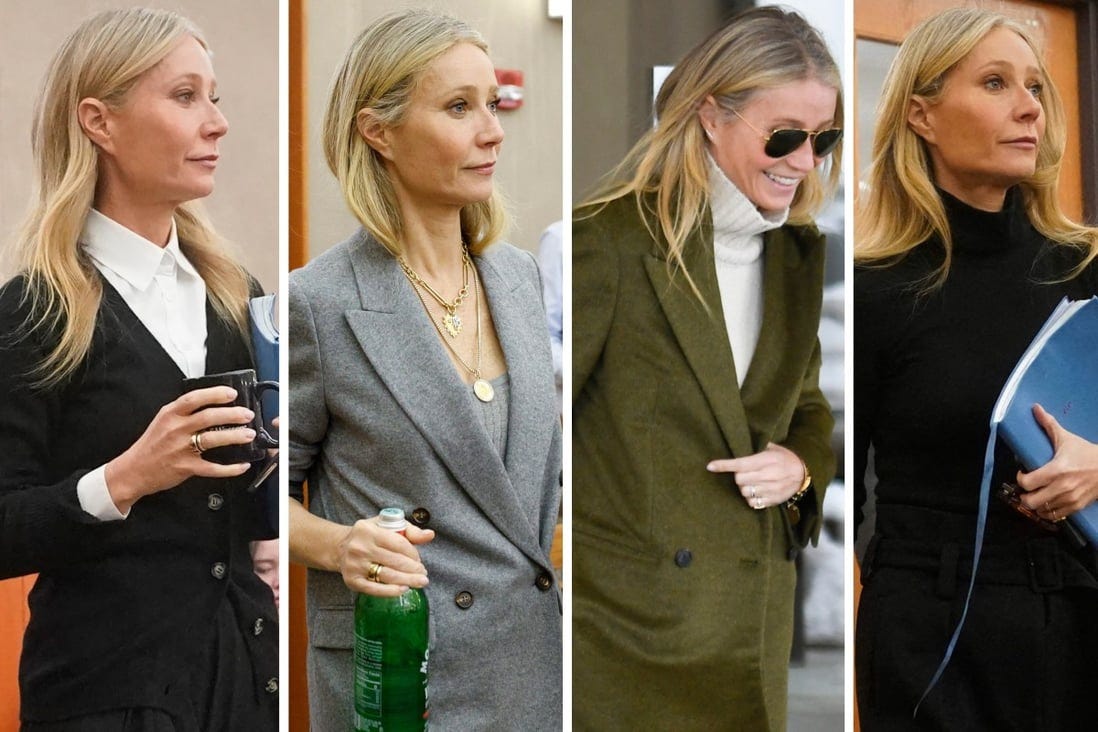"Courtcore" and the obsession with eras and cores
See also: corecore
👋 Hellooo! We’re The Z Link, a global Gen Z-led social media agency that helps brands reach our generation. The Digital Native, written by our Trends Reporter, Shaurya, takes a deep dive into niche internet micro-trends and subcultures, and analyzes them so you don’t have to. For any feedback, questions or suggestions, just reply to this email! <3

Your honour, my client was just thriving and slaying. The prosecution has no evidence that the defendant left crumbs. I personally think the prosecutor should focus on getting out of their flop era because their fit check was not giving courtcore… but that’s just me though. Can we get back to the focus of this trial which is not the prosecutor’s flop era but Gen Z’s obsession with turning everything into an era and dubbing everything into ‘-core’?
Okay so you already know what we’re talking about. The obsession with -cores and eras. For a generation that hates being put into a box, we sure do love our lil’ box of aesthetics here. Let’s start with what ‘core’ actually means in TikTok terms. So ‘core’ is literally just a suffix to describe an aesthetic, mood or feelings. In non-TikTok terms, it’s a niche for everything. It encompasses pretty much EVERY human experience — special interests, moods, hobbies, preferences and of course different aesthetics.
So there’s two very specific cores I’d like to talk about before I get into why we’re obsessed with cores and eras. I want to talk about corecore and courtcore because I haven’t seen a lot of people take advantage of corecore and I personally believe it’d be cool as a marketing tool since it plays into absurdity.
Okay, so corecore sounds like a parody or mockery of other cores and honestly, it might be, from a different perspective. But what it is at its… core… I’m sorry I had to. Anyway, what it is at its core is a style of video editing that has the most random clips stitched together. Corecore started as edits that are usually sad but soon morphed into something nonsensical. Some videos under corecore comment on singular shared experiences or sometimes it’s about the broad disconnected experience of being human in today’s world. The videos use snippets from TV shows, movies and YouTube videos or even people doing mundane tasks. The origins of corecore go back to 2020 when it was first referenced on Tumblr and then made its way into TikTok’s space. It started on Tumblr as a mockery of the constant core-ification of everything, but as soon as it leaped to TikTok, it turned into something different. If you want to use corecore for your business, I would use something very positive and not so… existential.
Moving on, we’re going to get into courtcore, YAY. Do you know about Gwyneth Paltrow’s trials? That gave a LOT of momentum to this phenomenon. But before Miss Pepper Potts, we had the late Amy Winehouse and Hilton heiress Paris Hilton serving looks (and a 45-day jail time in Paris’ case). These two instances happened in the 2000s; more contemporary examples would be Anna Delvey (Sorokin?) and Johnny Depp. It was Vanessa Friedman’s — a fashion critic at the New York Times — critique of Paltrow’s outfits that gave birth to the term courtcore. From context I’m sure you’ve gathered that courtcore “is a style of dressing for the courtroom: a niche set of sartorial choices that can be found in celebrity-centric trials like Paltrow's or in the realm of popular culture.” Fashion is important when you’re in the public eye, especially if you’re a woman and even more when you’re in a courtroom. This is caused due to misogyny and an air of very deeply rooted distrust. What you wear is conveying how you want to be perceived. There’s psychology behind this. It’s important how you present yourself in in front of the law; it’s saying a lot without you even saying anything. Paltrow’s clothes showed her privilege but not too ostentatiously, giving birth to the renaissance of “quiet luxury”.
Why the obsession with putting everything into a little niche while preaching to remove labels and boxes? Because we want to belong but still be different, like I said in our last newsletter issue about MSCHF. It’s human nature to want to belong but be different. It’s a paradox but it’s one that makes sense and reminds us that we’re still human at the end of the day. It’s absurd and we need absurdity, we need something new constantly, that’s why everyone’s gaslighting themselves into thinking we’re different by being the main characters with cores and eras and arcs but the truth is, we’re all still chasing the same goal, so how different does it truly make us? How similar are we truly? What makes us different?
Anyway, your honour, I will leave you with these existentialist questions while you make your judgement about whether we’re going too far with dubbing everything as cores or eras. If we’re so desensitised that someone else’s experience that may be traumatic to them is entertainment for us. You, my dear reader, are the judge — give us your verdict. :)
Any questions/suggestions as to what we should cover next? Reach out to us and we’re always here to chat!
— Written by Shaurya, Trends Reporter at The Z Link
Connect with Shaurya on Instagram where she shares great content and lives her best influencer life as a fashion student in Paris. And she writes all of these great issues too. What can’t she do??? 🧐 Thank you for reading!



Haha I just watched the first Ep of “Queenmaker” on Netflix (#1 Trending), where the fixer-upper used expensive clothing to distract the media from what’s really going on, how eerily reminiscent lol